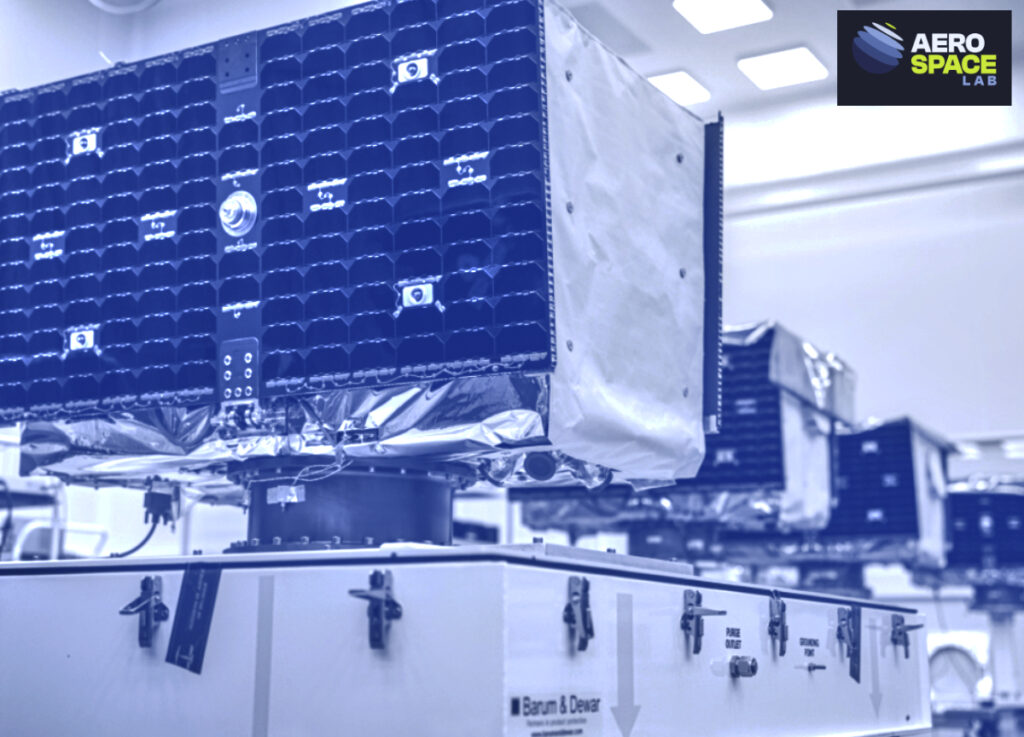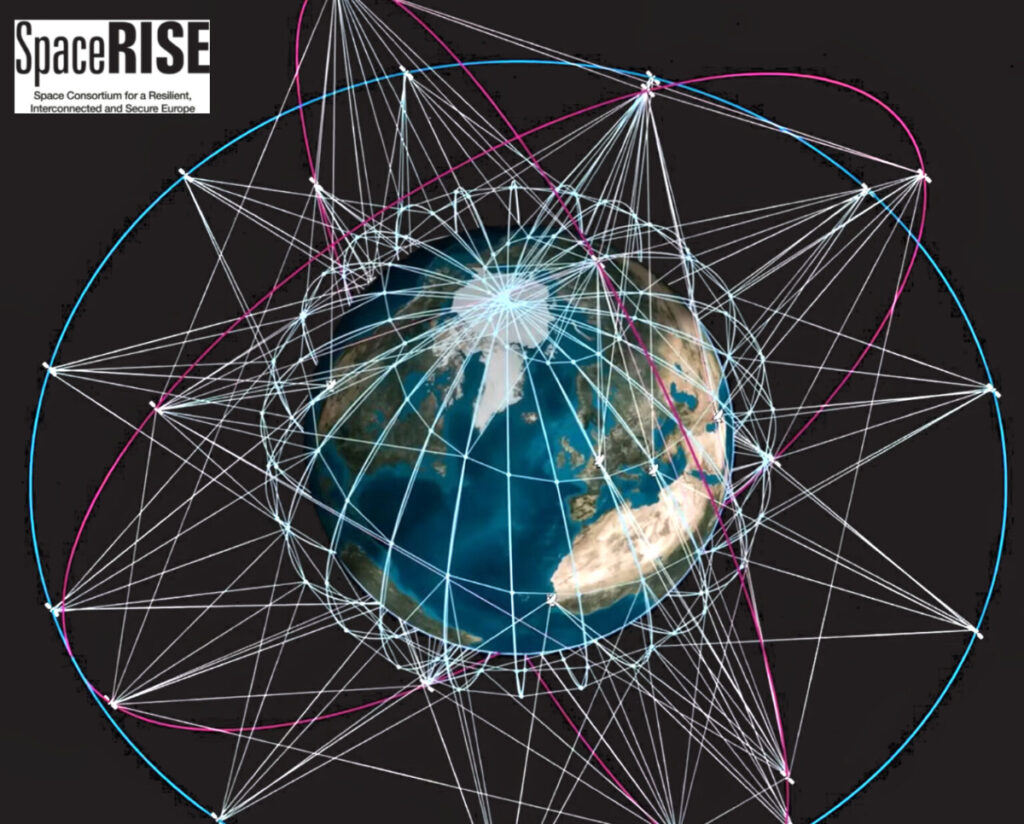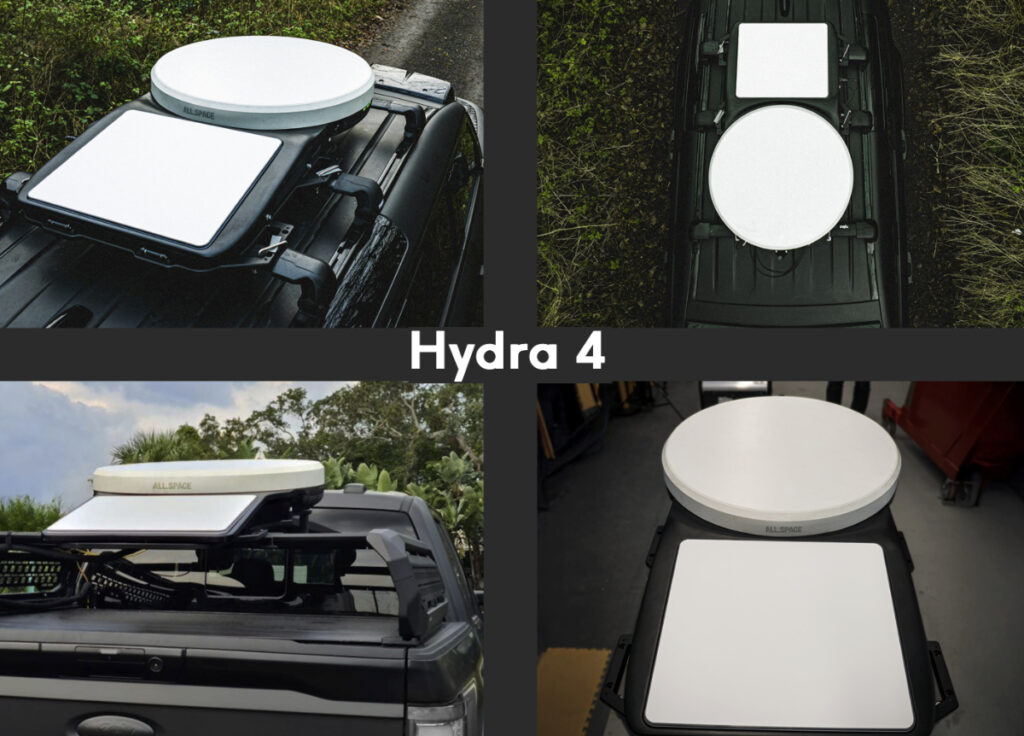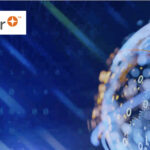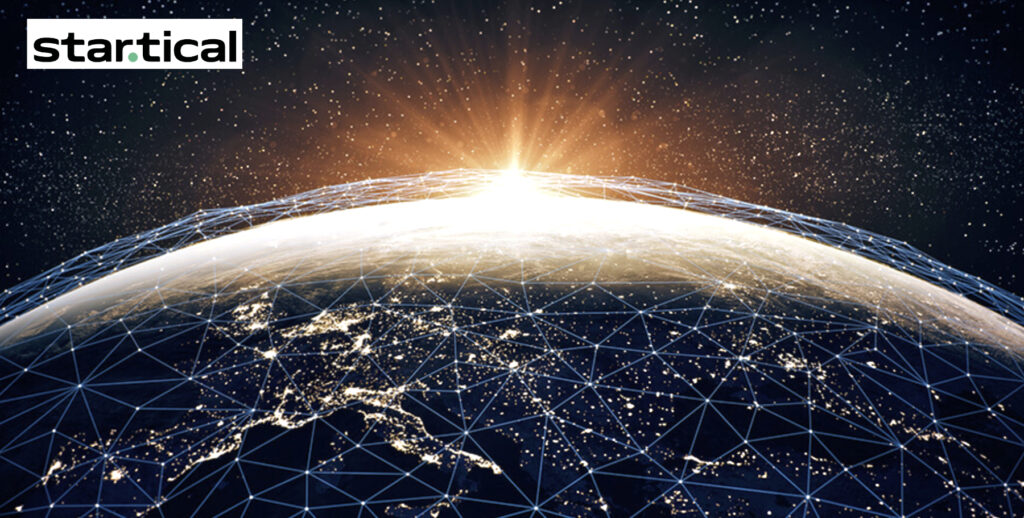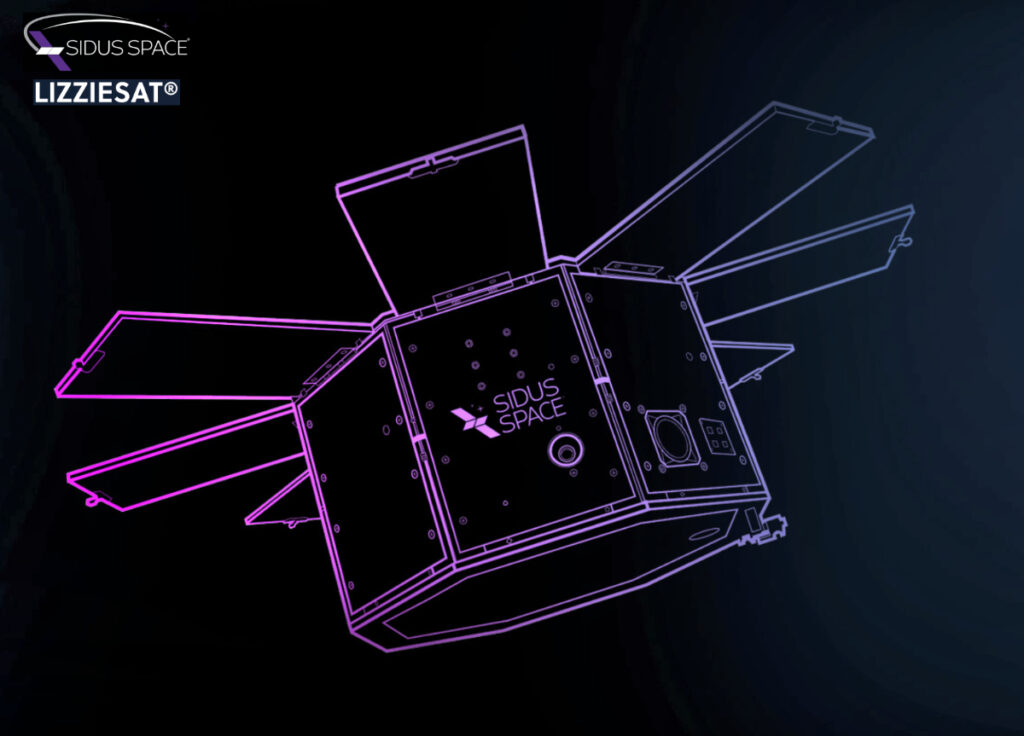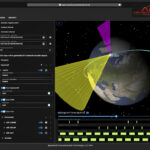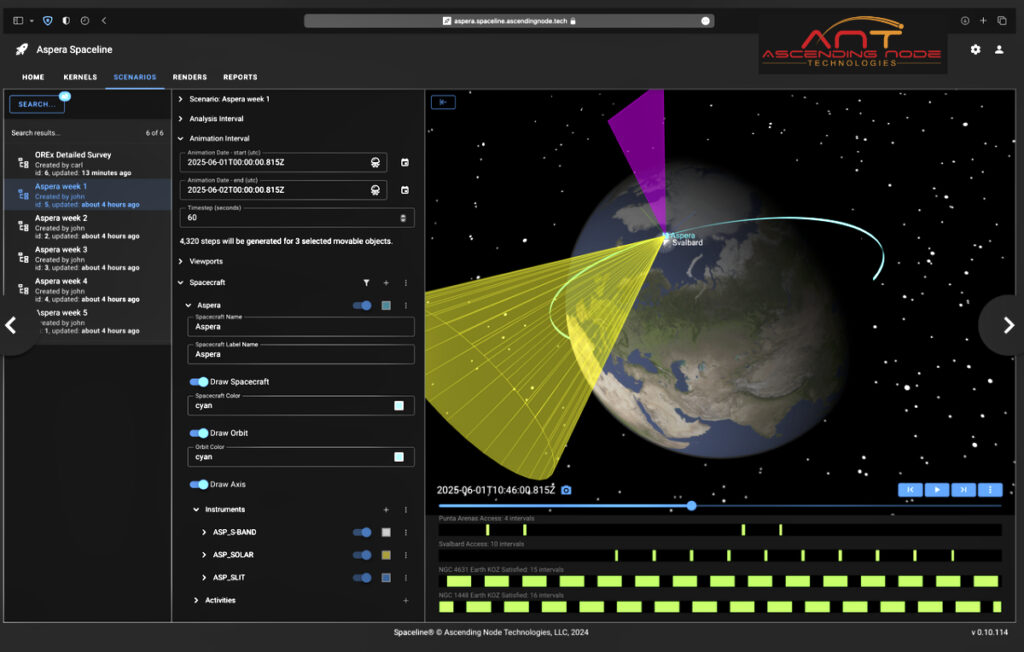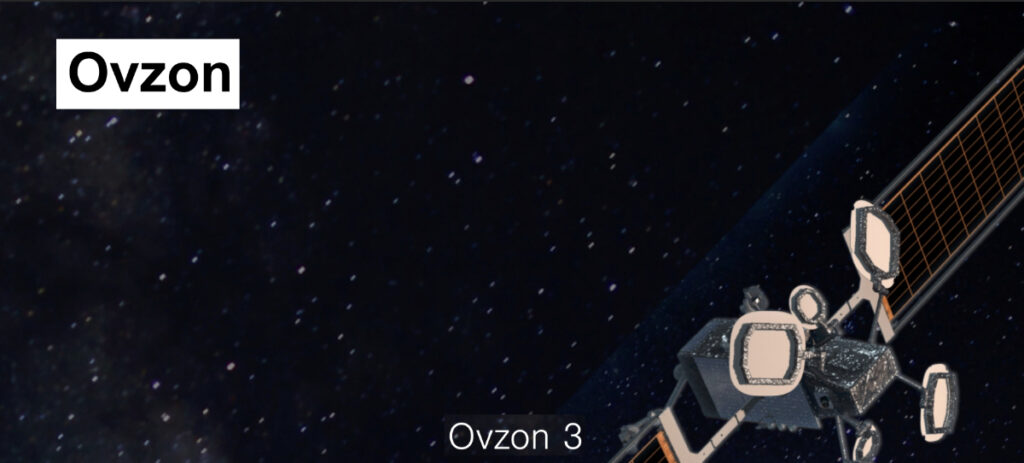
Ovzon AB (publ) has entered into a facilities agreement with Danske Bank for a term loan and a revolving credit facility to refinance existing loan, which will reduce interest expenses and secure financing for future growth.
The facilities agreement, which comprises a term loan of 300 MSEK and a revolving credit facility of 300 MSEK, has a tenor of two years, with the option of a one-year extension. The interest rate is 3-month STIBOR + 220-290 basis points in accordance with a margin ratchet.
The transaction is expected to be completed during the third quarter of 2025, provided that the usual conditions are met.
We appreciate the trust and foresight of our new banking partner and would also like to take the opportunity to thank P Capital Partners for enabling the development and launch of our first proprietary satellite, Ovzon 3. Ovzon’s strong order intake, solid financial performance, and market outlook have made this refinancing possible. Upon full utilization of the new facilities and repayment of existing loan, interest expenses are estimated to be reduced by approximately 70 MSEK annually,” said André Löfgren, CFO at Ovzon.


